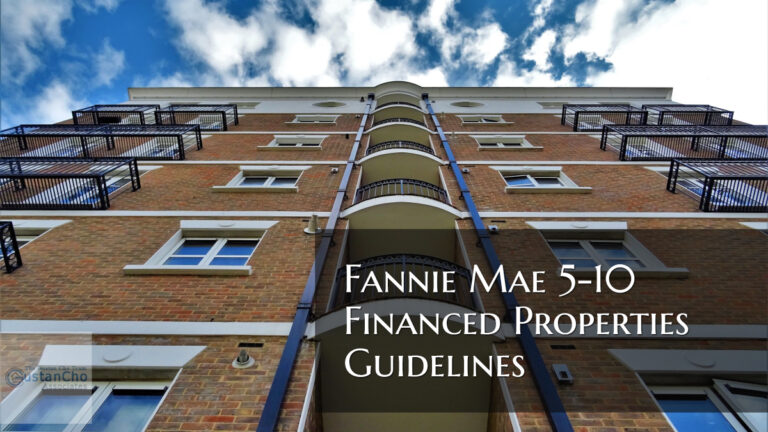Conventional Home Loan With Bad Credit Mortgage Guidelines
This Article Is About Conventional Home Loan With Bad Credit Mortgage Guidelines
Conventional Loans have much tougher credit requirements than FHA Loans. Conventional Loans are not government loans. Conventional Loans are often called conforming loans because they need to conform to Fannie Mae and/or Freddie Mac Guidelines. The Federal Housing Finance Agency regulates Fannie Mae and Freddie Mac. The Function of Fannie and Freddie is to purchase conforming loans by lenders. In order for Fannie and Freddie to purchase conforming loans, loans need to conform. Conventional Loans require a minimum of a 620 credit score. The minimum credit score required for a 3.5% down payment home purchase FHA loan is 580 credit score. HUD, the parent of FHA, allow borrowers with under a 580 credit score and down to a 500 FICO to qualify for an FHA loan with a 10% down payment.
Borrowers can qualify for a conventional home loan with bad credit. Conventional loan with bad credit has tougher mortgage lending guidelines than FHA Loans.
General Guidelines On Conventional Loans
There are certain rules and conventional lending guidelines with regard to:
- credit scores
- collection accounts
- prior bankruptcy
- prior foreclosures when it comes to qualifying for a conventional home loan with bad credit
Credit Scores And Debt To Income Ratios On Conventional Loans
The minimum credit score required to qualify for a conventional loan is 620:
Just because consumers meet the minimum credit score requirements does not mean they will qualify for conventional loans. Consumers also must meet the minimum debt to income ratios required. Conventional Loans have a maximum debt to income ratio cap of 50% debt to income ratios. Conventional DTI requirements are much lower than FHA Loans. FHA Loans have maximum back-end debt-to-income ratio caps up to 56.9%. Debt to income ratios is the sum of all of the monthly minimum debt payments and obligations divided by monthly gross income.
Conventional Loan After Bankruptcy And Foreclosure
There is a mandatory four-year waiting period after bankruptcy to qualify for a conventional loan from the discharged date of bankruptcy. There is a four-year waiting period to qualify for a conventional loan after a short sale. The waiting period is four years from the recorded date of a deed in lieu of foreclosure to qualify for conforming loans. There is a seven-year waiting period after foreclosure. The waiting period after bankruptcy and foreclosure to qualify for a conventional loan is much greater than FHA Loans. With FHA Loans, the waiting period after bankruptcy is two years from the date of the discharged date of the bankruptcy. There is a three-year waiting period after a short sale, foreclosure, and deed in lieu of foreclosure.
Conventional Home Loan With Bad Credit: Mortgage Rates On Conventional Loans
Mortgage rates on conventional loans depend mainly on credit scores, types of property, and loan to value. To get the best mortgage rates on conventional loans, the borrower needs a 740 credit score. Loan to value of at least 80% LTV for no private mortgage insurance. Condominiums and two to four-unit properties warrant higher mortgage rates on conventional loans. This is because lenders view condominiums and two to four-unit properties as riskier properties to lend. A 620 credit score is considered a super low credit score for conventional loans. Having a 620 credit score is equivalent to having a 580 credit score on FHA Loans. A prior bankruptcy, foreclosure, deed in lieu of foreclosure, or short sale has no impact on the mortgage rates. Prior bad credit has no impact on conventional loans.
Conventional Home Loan With Bad Credit: Deferred Student Loans
FHA Loans no longer allow deferred student loans that have been deferred for over 12 months to be exempted from debt to income ratio calculations. VA loans are the only loan program that exempts deferred student loans that have been deferred for longer than 12 months. Deferred student loans cannot be exempted from debt to income calculations on conventional and FHA loans. Borrowers deferred student loans, the future monthly payment of student loans will be used to calculate debt to income ratios. If no future monthly payment can be provided, then 0.50% of the outstanding balance of student loans will be used to calculate monthly student loan payments. The great news both FHA and conforming loans allow IBR Payments on student loans. If borrowers have an Income-Based Repayment plan on student loans that report on credit bureaus, lenders can use that IBR Payment as monthly student debt. For example, if a medical doctor has $500,000 in student loans and the IBR Payment reporting to credit bureaus is $50.00 per month, that’s $50.00 per month will be the monthly student loan debt used by underwriters in calculating DTI on both FHA and conventional loans.









